The Young Builder class, a global program by Odebrecht Engineering & Construction aimed at developing young leaders and specialists,...
OEC communications team visits Rodoanel construction site
DATE: 07/19/2024
On July 16, members of the Communications and People & Organization teams from OEC and Novonor visited the construction site for the northern section of the Governador Mario Covas Ring Road, in the São Paulo Metropolitan Region, which will make it possible to close the ring road, helping to improve traffic around the country’s most populous city. The intervention is being carried out by the Cantareira Consortium, made up of OEC and Renea, contracted by Via Appia Concessões.
The visit, led by Production Coordinator Iuri Ferreira and Financial Administrative Manager Alex Marcatto, began with a presentation of the company’s safety guidelines, which are necessary to guarantee the integrity of visitors. The team covered 28 km of the 44 km planned in the scope of the work. The first stop was at the central construction site, where the support teams are located. The group then traveled to the junction of the Presidente Dutra Highway and the Mario Covas Ring Road, including all the access branches, where most of the movement of employees and machinery takes place today, basically in earthmoving and drainage services. The route continued after the Presidente Dutra highway junction, passing the operational site, the industrial area, the Guarulhos International Airport interchange, the 501 tunnel and the Fernão Dias highway interchange.
For Jhéssica Weysen, from the communications team, the visit was rewarding: “Visiting the Rodoanel construction site was a very cool experience. Walking around the construction site, I was able to see up close the grandeur and complexity of this project that promises to transform mobility in the São Paulo metropolitan region. The dedication and effort of the workers is evident at every stage of construction. Without a doubt, the northern stretch of the Rodoanel will be an important milestone for the development of the region’s road infrastructure.”
“We hardly ever reflect on how a highway, bridge or tunnel we are passing through was built. Today I had the opportunity to see how a heavy construction project is done and I couldn’t imagine the organization and management of every detail without this experience. It really is sensational. I’d like to thank Iuri, Alex and the OEC for giving me the chance to see how it works. It’s inspiring!” said Vitor Dalmaso.
Lara Piller, on the other hand, highlighted the dedication observed in the members: “I thought it was great to be able to witness a construction project like the Rodoanel and see the OEC’s work up close. We need to value the manual labor that is done every day on construction sites by extremely dedicated people.”
Ana Flávia Pereira, from the P&O team, was thrilled with her first visit: “This was the first project I visited. It was incredible to see up close the transformation that quality engineering can cause in the lives of thousands of people. Realizing how much we change an environment for the better made me even more aware of OEC’s purpose. I was certainly able to make the connections of how my work in line support needs to be synchronized, prioritizing the needs of the production teams,” he concludes.
Flow and structure
More than 44,000 vehicles are expected to travel along the stretch every day, avoiding heavy truck traffic on urban roads and contributing to better traffic flow throughout the region. The scope of the project includes a total length of 44 km, with 18 km of four-lane highway, 26 km of three-lane highway, seven double tunnels, 107 Special Works of Art, including bridges and viaducts, four stops for special loads, four bays for dangerous goods, two bases for the User Assistance Service, two general inspection posts and two weighing scales. The work will include civil works and tunnel systems, earthworks, containment works, drainage, paving, signaling, among other services.
Visitor program
OEC and Novonor routinely receive visitors on site and at their offices. In Salvador, the group has a space called the Culture Center, where visitors can learn in detail about the history and growth of the company, which was born in Bahia and has expanded to 38 countries around the world. For years, it has supported the trainee program of the Folha de São Paulo newspaper, an opportunity in which participating students had access to works carried out by the company and saw the development of major infrastructure equipment up close.


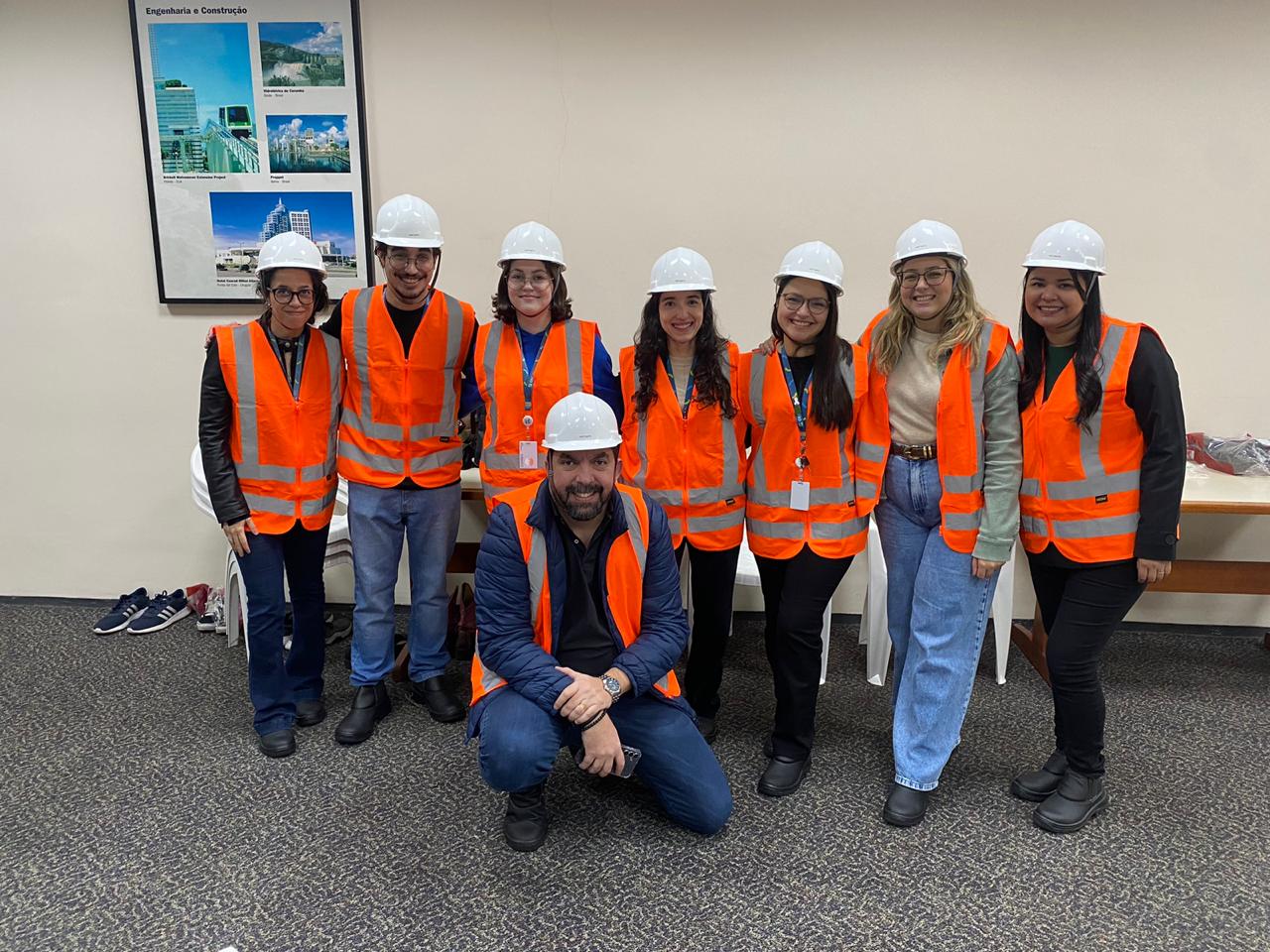
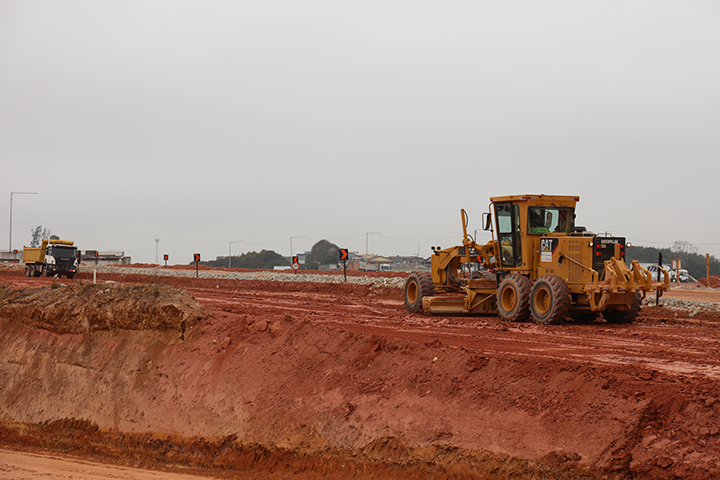
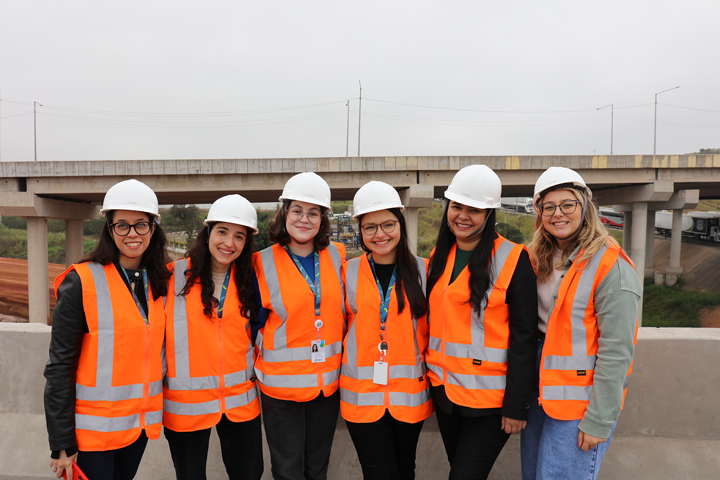
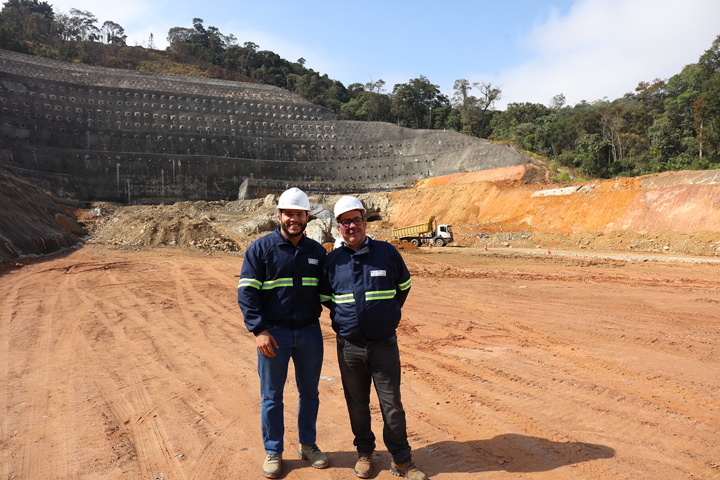
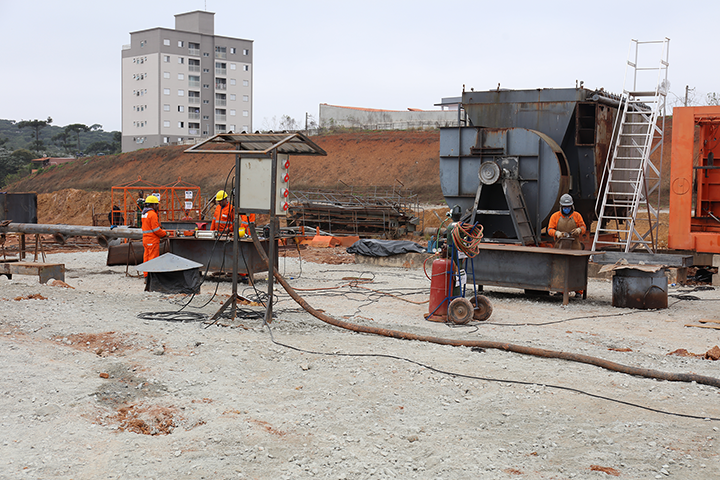
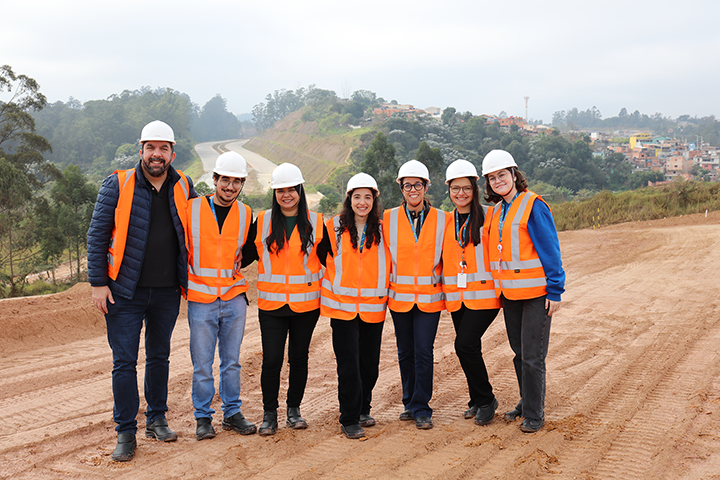

No comments